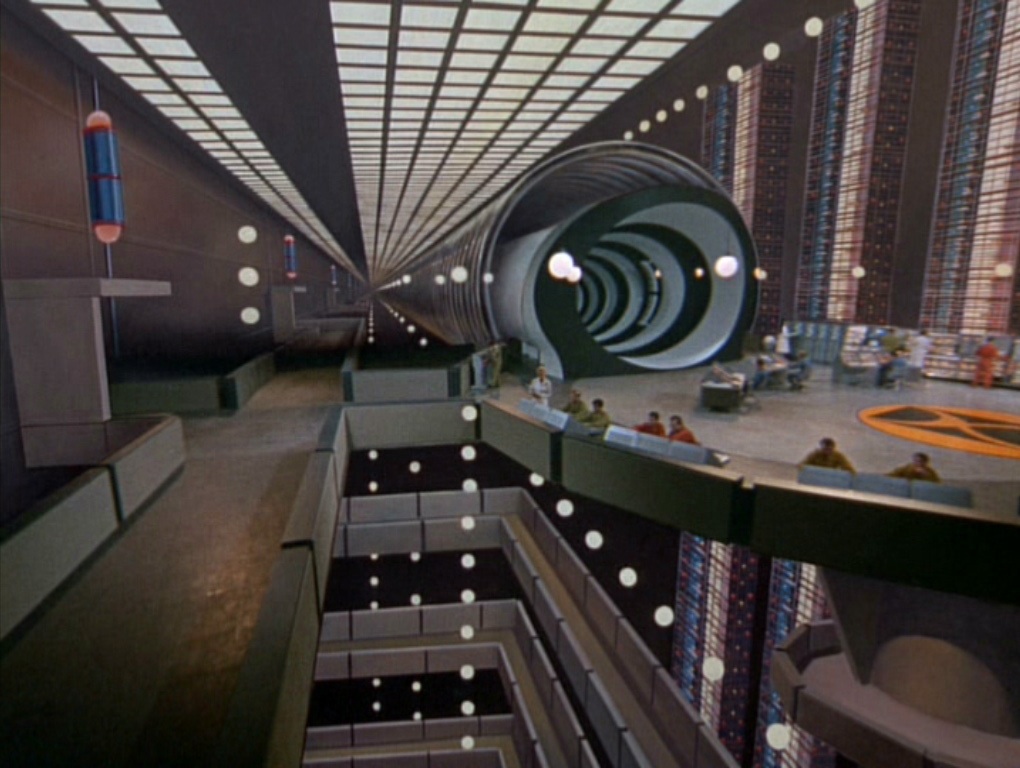1. Polling Day: Always a Saturday and the polling stations are open from 8am to 6pm.
2. How-to-vote cards: Doesn't really tell you how to vote but attempts to tell you for whom you should vote
- handed out by scrutineers outside the polling station.
3. Scrutineer: Agent of political party who distributes how-to-vote cards for their party and
monitors activity at polling stations to prevent the other mob(s) cheating.
4. Candidate: Aspirant for political office. Described (by someone I can't remember the name of ) as coming from the ranks of the ambitious, the lonely or the mentally unsound.
5. Voting system: Preferential. Each candidate must have a unique number written next to their name. Omitting a candidate invalidates the vote. So does repeating a number or using numbers that aren't consecutive between one and the total number of candidates listed on the paper. As for how preferences are distributed - see the AEC's website.
6. Ballot Paper: Small piece of paper for the House of Representatives - increasingly wide for the Senate. The number of candidates for each of the House seats has been quite stable. Aspirants for the Senate have proliferated in the past 20 years. The Senate paper allows party-ticket voting by marking a single box or the option of full distribution of preferences by the voter. I'm one of the few battling on with the full monty fill-in. The one-box option means your preferences are allocated according to instructions given by the party to the AEC. Finding out what that is has become progressively harder as the AEC no longer list them on their website. You have to visit their office and read the damn things on a noticeboard. I like to know exactly where mine are going and I also enjoy personally putting the Liberals last.



